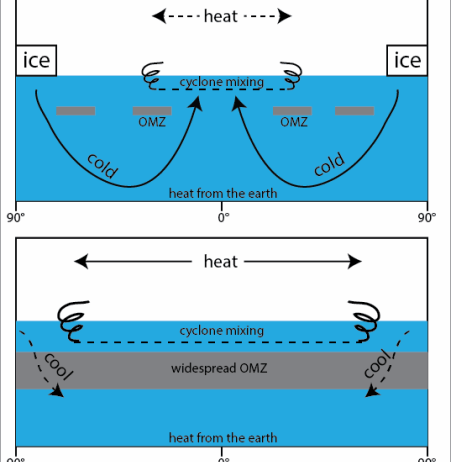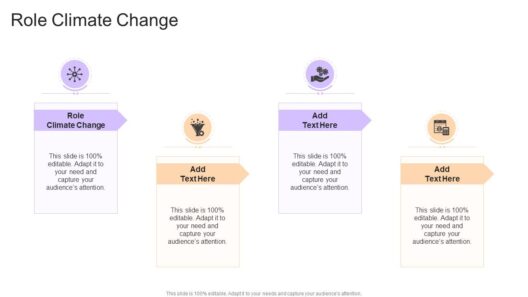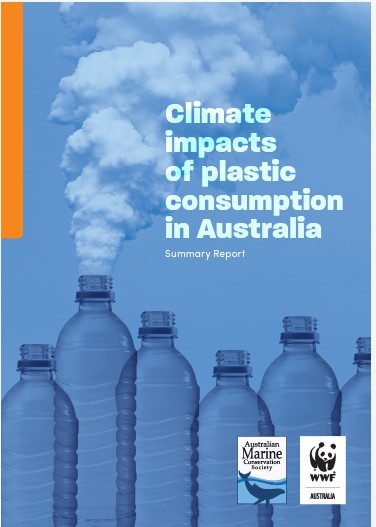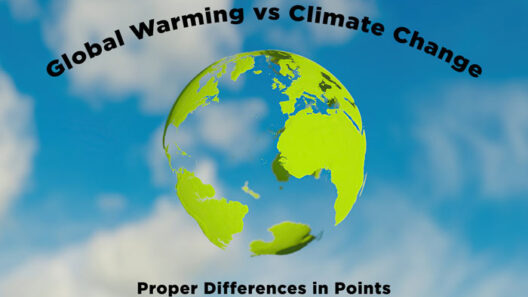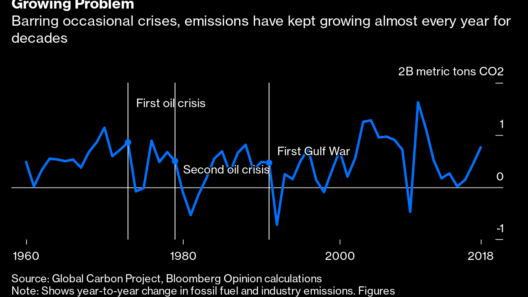Oceans cover over 70% of the Earth’s surface, and their influence on global climate and weather patterns is profound and multifaceted. The vast bodies of water interact with the atmosphere in intricate ways, influencing temperatures, precipitation patterns, and even wind currents. Understanding these mechanisms is crucial as we face the daunting challenges posed by climate change. It is paramount to grasp how the oceans shape our world to foster environmental stewardship and sustainable practices.
At the core of oceanic influence is the concept of thermohaline circulation, often referred to as the global conveyor belt. This is a complex system of deep-ocean currents driven by differences in temperature and salinity. These currents play a pivotal role in regulating climate by distributing heat around the planet. The movement of warm water from the equator towards the poles is counterbalanced by cold water returning to the equator, forming a continuous loop that influences atmospheric conditions.
As we explore the capabilities of these marine flows, we delve into the ramifications of ocean currents on weather. For instance, the Gulf Stream, a powerful warm current in the North Atlantic, not only warms the Eastern United States but also has extensive impacts on European weather systems. A robust Gulf Stream can lead to milder winters across Europe, while a weakened flow may usher in harsher winters and alter precipitation patterns drastically.
In addition to altering temperatures, ocean currents also dramatically impact marine ecosystems. The biological ramifications of current alterations are significant, as they affect nutrient distribution, which upon which marine life depends. Phytoplankton, the foundational organisms of the marine food web, thrive in nutrient-rich waters. However, shifts in currents can lead to reduced upwelling, diminishing food supplies for fish and, consequently, impacting ecosystems beyond the oceans.
Climate patterns, too, are intricately linked to ocean currents. The phenomenon of El Niño and La Niña illustrates this clearly. El Niño, characterized by warmer ocean temperatures in the central Pacific, has extensive effects on global weather patterns, contributing to increased rainfall in some regions and drought in others. Conversely, La Niña brings cooler ocean temperatures and often results in opposite weather phenomena. These cyclical events highlight the oceans’ role as a climate regulator, dictating agricultural yields, water supplies, and disaster preparedness worldwide.
Despite their vital roles, oceans are facing unprecedented disruption due to climate change. The warming climate is altering the thermohaline circulation, threatening the very foundation upon which global weather patterns rely. Melting ice caps and increased freshwater from glaciers dilute seawater, reducing its density and slowing circulation patterns. Experts warn that if the Atlantic Meridional Overturning Circulation were to collapse, the consequences could be catastrophic. Potential repercussions include drastic temperature drops in Europe, alterations in monsoon patterns in Asia, and overall chaotic weather systems. A shift in perspective is necessary; the fate of global climate may hinge on the health of our oceans.
Moreover, ocean acidification, another consequence of elevated carbon dioxide levels, presents a looming threat to marine ecosystems. As carbon dioxide is absorbed by the oceans, it chemically alters seawater, making it more acidic. This alteration jeopardizes the survival of calcifying organisms such as coral reefs and shellfish, which are essential to biodiversity and fisheries. Coral reefs, often referred to as the “rainforests of the sea,” provide habitats for countless marine species and protect coastal communities from storms. The degradation of these ecosystems is not merely an environmental issue but is closely tied to human livelihoods and food security.
To engage in effective advocacy, it is vital to recognize the interconnectedness of ocean health and climate stability. Strategies aimed at mitigating the impacts of climate change must therefore include robust ocean conservation policies. Protecting marine ecosystems through establishing marine protected areas, sustainable fishing practices, and reducing pollution can bolster the resilience of ocean currents. Engaging local communities in stewardship initiatives fosters a sense of responsibility towards the oceans and underscores the importance of collective action.
Furthermore, harnessing the capabilities of technology could revolutionize our understanding of ocean dynamics. Advances in satellite technology and oceanographic research tools enable scientists to monitor currents and their impacts more effectively. Enhanced predictive models allow us to anticipate and respond to shifts in climate patterns before they manifest catastrophically. Educating the public about these developments can stimulate interest and promote a participatory culture aimed at ocean conservation.
In conclusion, recognizing the oceans as pivotal moderators of global climate and weather is fundamental to enhancing our understanding of environmental changes. The dialogues surrounding climate change should incorporate the essential roles of ocean currents and their ecological implications. Engaging with the complexities of these systems will inspire innovative solutions and ultimately forge a more sustainable relationship with our planet. As stewards of the Earth, it is our responsibility to ensure the oceans thrive for generations to come. It is not only an imperative—it is a promise we owe to the future.



